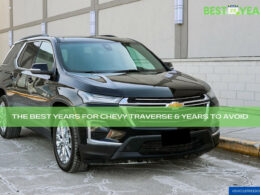In This Article Show
For over a decade, I’ve worked under the hood of countless vehicles, diagnosing problems, making repairs, and advising car owners. In my 13 years as a mechanic, I’ve seen patterns; certain models and years that consistently come into the shop and others that rarely ever do.
Among those vehicles, the Chevy Tahoe holds a unique place, being an iconic full-size SUV with a mixed bag of exceptional and not-so-great model years.
With the hands-on experience I’ve garnered and the countless conversations I’ve had with fellow mechanics and car enthusiasts, writing became a natural extension to share my insights.
Whether you’re contemplating buying a used Chevy Tahoe or simply curious about its track record, this blog post is tailored just for you. Let’s journey together through the best and worst years of the Chevy Tahoe, equipped with insights from my years in the automotive world.
Chevy Tahoe: A Brief Overview
If you’re at all familiar with the full-size SUV landscape, you’ve likely heard of it. And if you haven’t, you’re in for a treat.
Originating in the early ’90s, the Chevy Tahoe embarked on its journey as a shorter version of the Chevrolet Suburban. Aimed at families and those with a penchant for sizable vehicles, it was the perfect bridge between the behemoth Suburban and the smaller SUVs in Chevrolet’s lineup.
Over the years, its name has become synonymous with durability, power, and American engineering.
With every evolution, the Tahoe adopted changes. Some were subtle – a tweak in the headlamp design here, a more refined grille there – while others were significant, bringing in state-of-the-art technology and performance upgrades. This adaptability and commitment to improvement cemented the Tahoe’s place in the hearts of many.
Yet, like any vehicle with a history spanning decades, not all years were made equal. And that’s where my 13 years as a mechanic come in handy. I’ve seen firsthand which Tahoes stand the test of time and which ones… well, let’s say they’ve visited my garage more often than not.
But before we dive into the specifics of which years shine the brightest and which ones dim a tad early, it’s essential to appreciate the Tahoe’s journey. From its humble beginnings to its now-iconic status, this SUV truly represents a blend of American ingenuity and automotive excellence.
The Best Years for Chevy Tahoe
Every car has its golden years, and in my 13 years as a mechanic, I’ve seen many vehicles come and go. The Chevy Tahoe is no exception. With a storied history spanning decades, certain model years have proven to be more reliable and loved by owners. Let’s delve into the details:
The 2015 Model Year: A New Beginning
The fourth-generation Chevy Tahoe debuted this year, and Chevrolet was clearly looking to make a statement.
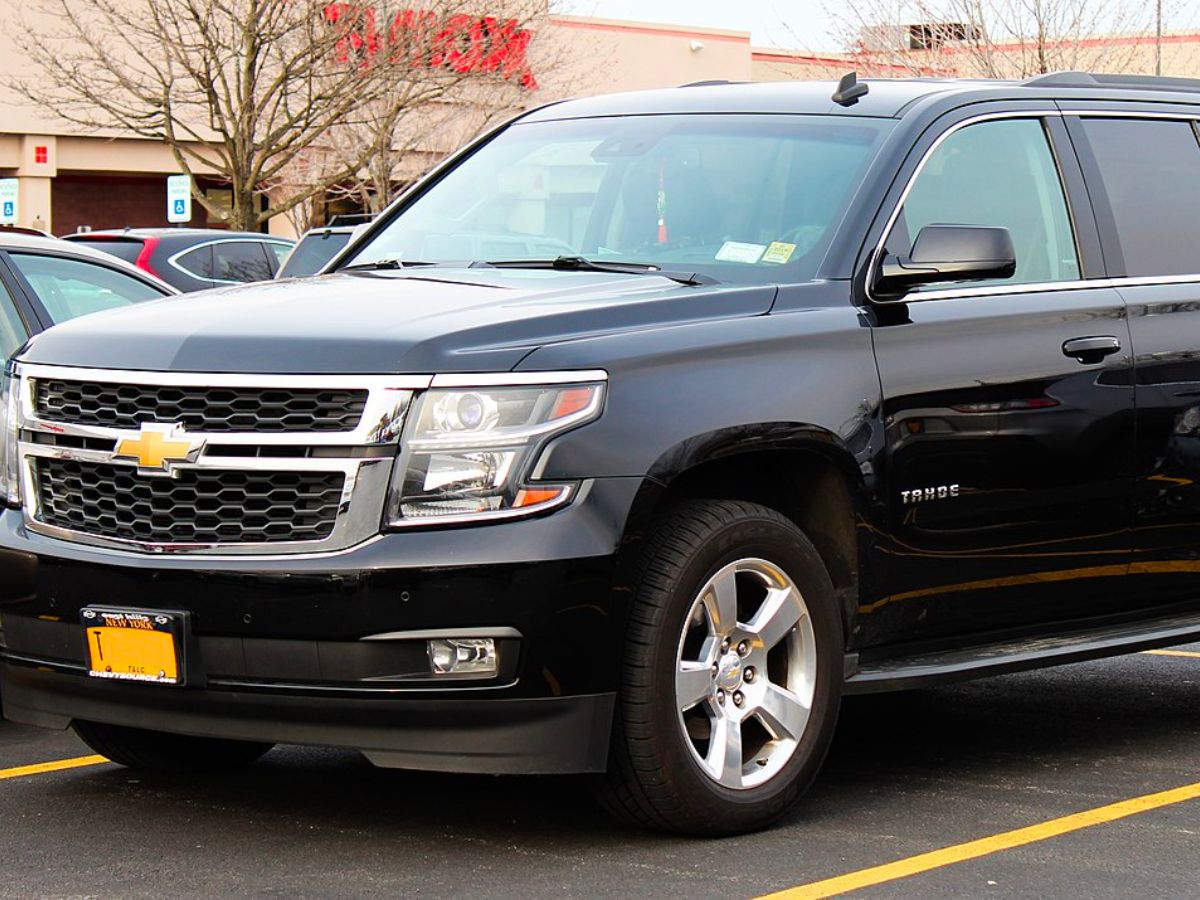
Design
Ditching the more boxy silhouette of its predecessors, the 2015 model sported a refreshed, modern design. It retained its bold stance but combined it with softer lines and improved aerodynamics, making it both visually appealing and efficient.
Engine and Performance
Featuring a 5.3-liter V8 engine with EcoTec3 technology, the Tahoe promised raw power and efficiency. This engine configuration ensured better fuel consumption without compromising performance—a win-win for daily drivers and adventurers.
Interior & Comfort
Chevrolet elevated the luxury quotient with higher quality materials, better ergonomics, and more tech. The spaciousness was complemented with features such as the Chevrolet MyLink infotainment system, Bose audio, and optional rear-seat entertainment setups.
Safety
Alongside its robust structure, the Tahoe was equipped with several advanced safety measures. Forward collision alert, lane departure warning, and adaptive cruise control were some of the standout features ensuring peace of mind on the road.
The 2020 Model Year: Pushing Boundaries
Building on the success of the fourth-generation models, the 2020 Chevy Tahoe aimed higher.
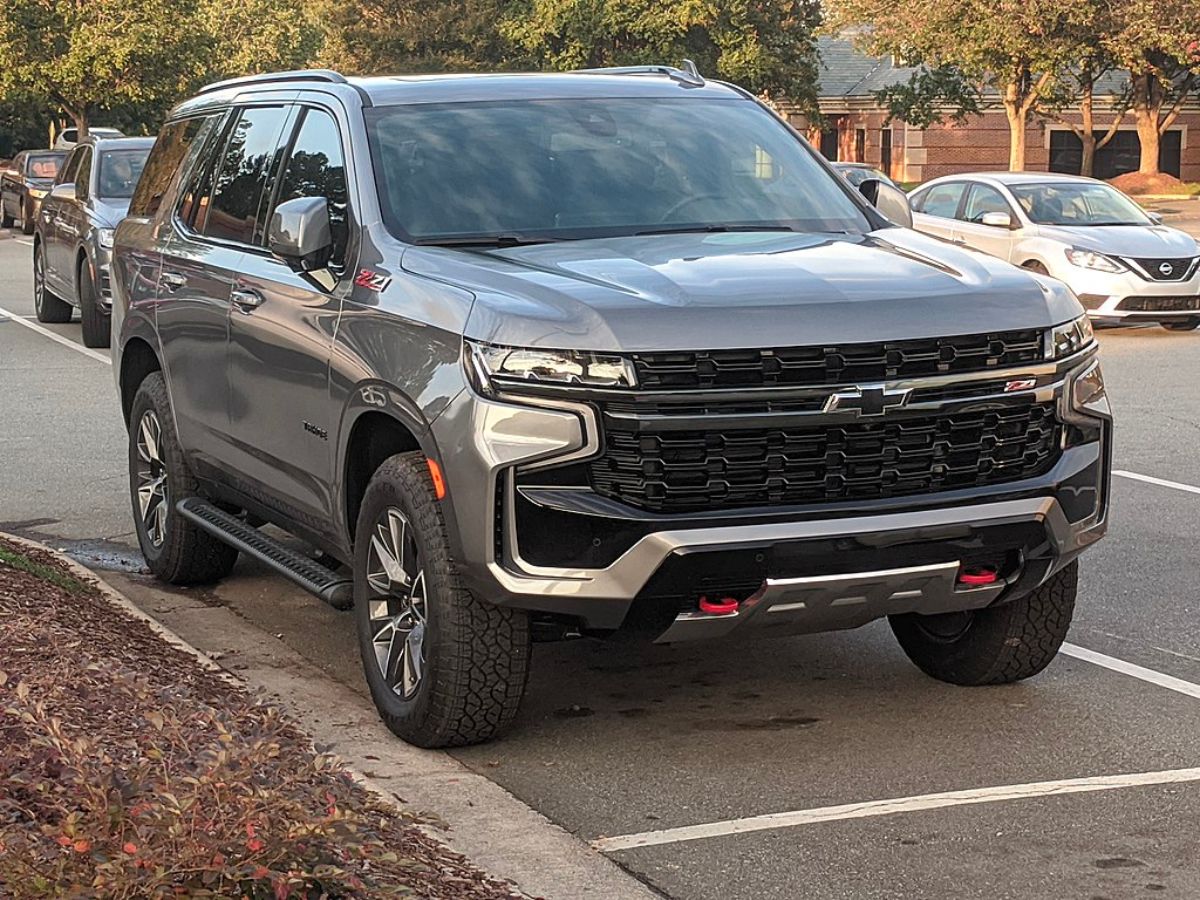
Design Evolution
Though not a radical shift, the design evolved to incorporate contemporary aesthetics. With a longer wheelbase, the 2020 Tahoe offered even more interior space, making long rides more comfortable.
Tech Overhaul
Ensuring a connected drive, the infotainment system was more intuitive, supporting both Apple CarPlay and Android Auto. The inclusion of a Wi-Fi hotspot ensured passengers remained online even on the go.
Performance
Retaining the trusted 5.3-liter V8, Chevrolet also introduced an optional 6.2-liter V8, giving buyers the choice of even more power. And for those environmentally inclined, there was also a 3.0-liter turbodiesel six-cylinder option—a first for the Tahoe.
Safety First
Safety tech was further improved. Beyond the already impressive set of features, the 2020 model added pedestrian detection, a head-up display, and a surround-view parking camera system, ensuring a 360-degree safety net for drivers.
Other Notable Years
2007
This year was significant for the Tahoe. The introduction of the third generation meant a revamp in design, improved interiors, and new technological features.
The introduction of Active Fuel Management was a game-changer, enhancing fuel economy by toggling between eight and four-cylinder operation.
2011
Not to be outshone by its siblings, the 2011 model year brought refinement to the Tahoe lineup. An upgrade in interior materials gave it a more premium feel, while the new six-speed automatic transmission ensured smoother drives and better fuel efficiency.
As the years go by and automotive technology advances, certain model years of vehicles naturally stand out more than others. For the Chevy Tahoe, these were some of the banner years that combined innovation, reliability, and performance.
Still, it’s always a good practice to cross-check with the latest reviews and consult a trusted mechanic before making a purchase decision.
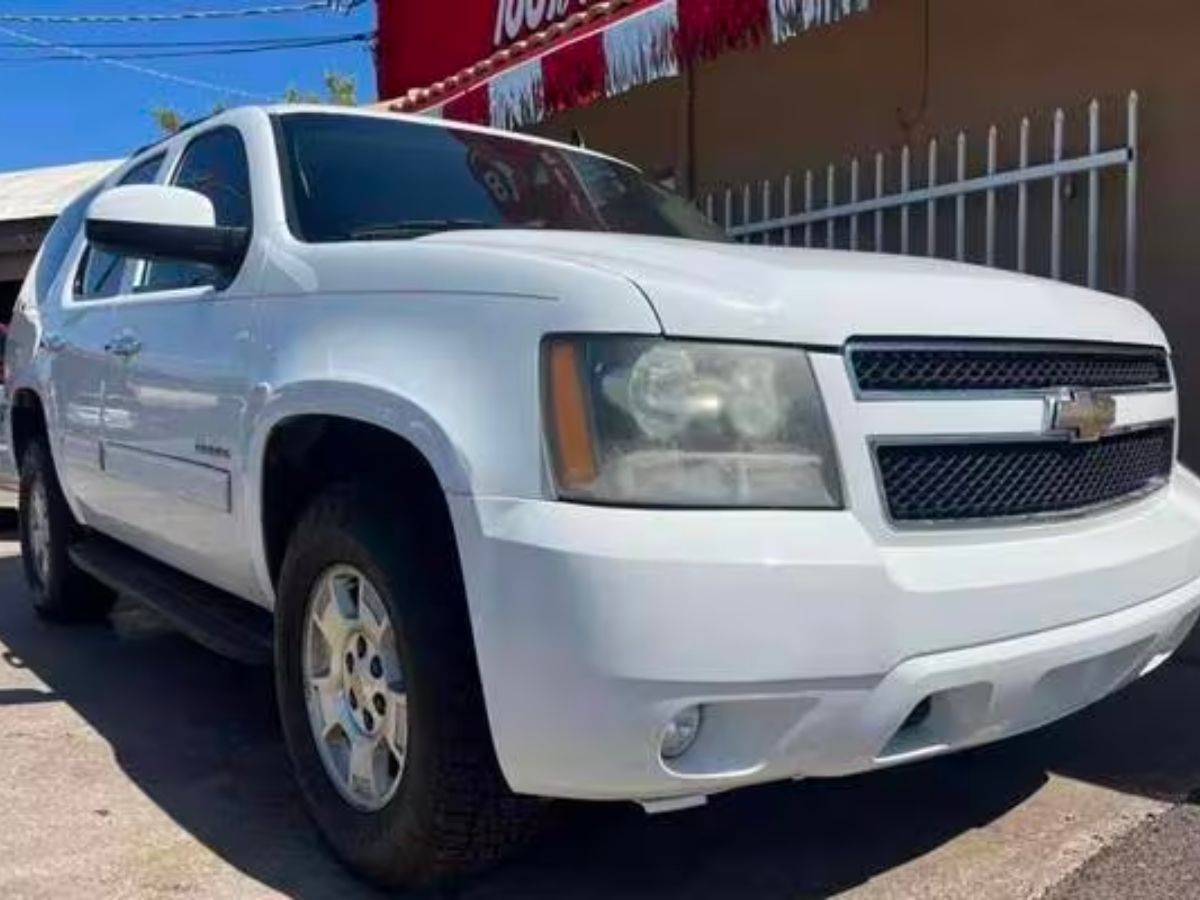
Years to Avoid for Chevy Tahoe
No matter how iconic or beloved, every vehicle has its highs and lows. For the Chevy Tahoe, while many years stand out for their excellence, a few might be best approached with caution. Let’s dive into the specifics:
The 2007 Model Year: Growing Pains
The 2007 Tahoe introduced the third generation of this SUV, and with big changes often come some teething troubles.
Engine Issues
One of the primary concerns I’ve noticed with the 2007 model is excessive oil consumption. While it’s not unusual for larger engines to use more oil, some Tahoes from this year consumed oil at a rate that raised eyebrows.
Build and Finish
Some Tahoes’ Dashboards, especially around the passenger airbag area, tended to crack. While it may seem cosmetic, a damaged dashboard can potentially affect the proper deployment of airbags.
The 2014 Model Year: End-of-Generation Woes
As the curtain was about to close on the third generation, the 2014 Tahoe had a few hiccups to contend with.
Electrical Issues
Some owners reported issues related to the electrical system. These glitches could be a real hassle, whether it was a malfunctioning instrument cluster or problems with the power door locks and windows.
Air Conditioning Complaints
A common grievance was that the air conditioning either did not cool effectively or failed prematurely. In the heat of summer, a malfunctioning AC system is the last thing you’d want.
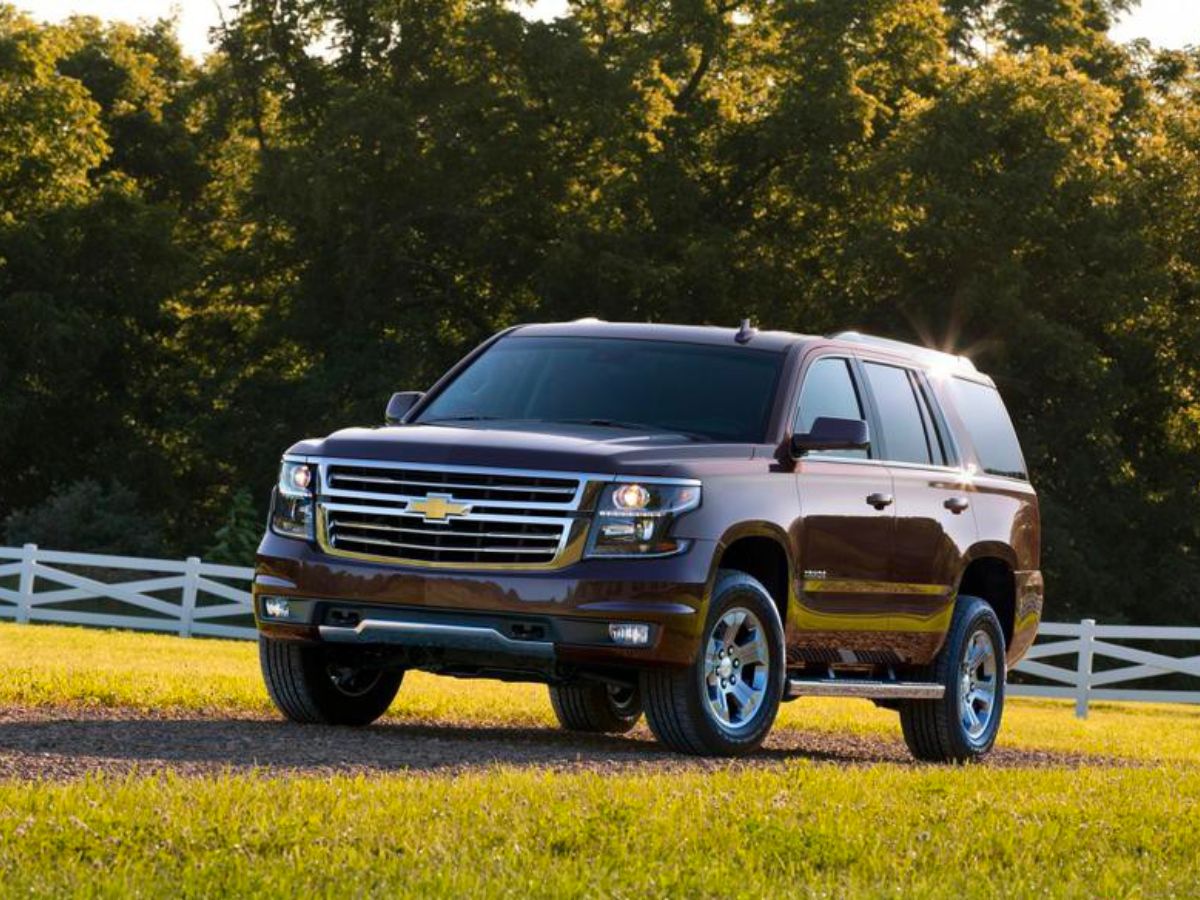
Other Years to Approach with Caution
2008-2009
Following the troubled 2007 model, the subsequent two years also inherited some of its challenges, primarily around build quality and the oil above consumption issue.
2016
While the fourth-generation Tahoe had a promising start in 2015, some 2016 models faced issues related to the infotainment system freezing or becoming unresponsive.
While no car is truly free from issues, being aware of potential problem years can save a lot of future headaches. It’s always worth noting that individual experiences can vary. A 2007 Tahoe might serve one owner flawlessly for years, while another could face multiple issues.
Factors Influencing the Reliability of a Model Year
One common question I’ve been asked is: “Why is one model year of a vehicle more reliable than another?” It might seem like a simple question, but the answer is multifaceted. Let’s break it down:
Major Overhauls and Redesigns
New Generations: When a vehicle enters a new generation, it often comes with significant design, mechanical, and technological changes. While these changes are aimed at improvement, they can sometimes introduce new issues as the manufacturing process and components are still being refined.
First-Year Models: It’s a known adage in the automotive world to be cautious of the first year of a major redesign. Manufacturers are still working out the kinks, and unforeseen issues might crop up.
Supplier and Component Quality
OEM Parts: The quality of Original Equipment Manufacturer (OEM) parts plays a massive role in a vehicle’s reliability. A supplier delivering a batch of faulty components can impact thousands of vehicles.
Cost-cutting: Sometimes, manufacturers might look to reduce costs by sourcing cheaper components. While this can be cost-effective in the short term, it can potentially affect the vehicle’s long-term reliability.
Manufacturing Process and Quality Control
Consistency: A consistent manufacturing process ensures that every vehicle rolling off the line meets the same quality standards. However, if there are inconsistencies, it might lead to some units being more prone to issues than others.
Rushed Production: A rush to meet high demand or a tight deadline might lead to oversight in the quality control process, increasing the chance of defects.
Technological Advancements and Complexity
Innovative Features: New tech features can be a strong selling point, but they also come with a learning curve for manufacturers. The more complex a system, the higher the chances of potential glitches or malfunctions.
Software Issues: As cars become more computerized, software issues can arise, leading to recalls or necessary updates.
Consumer Usage and Maintenance
Driving Habits: How a vehicle is driven can significantly influence its longevity. Regularly pushing a car to its limits can accelerate wear and tear.
Maintenance: Regular servicing and maintenance can drastically impact a vehicle’s reliability. A model year known for issues can still run smoothly if well-maintained, while a generally reliable model might face early issues if neglected.
Feedback Loop and Iterations
Consumer Feedback: Manufacturers rely on feedback from initial buyers to identify and rectify issues. This is why later years in a model’s generation can sometimes be more reliable—they’ve had time to address concerns from earlier years.
Recalls and Service Bulletins: These are direct responses to identified issues. While recalls might seem negative, they show a manufacturer’s commitment to addressing and fixing problems.
In essence, while the badge on the hood and the model year can provide some indication of reliability, a myriad of factors play into how a vehicle performs over time. Hence, when assessing the reliability of a model year, it’s crucial to consider the broader picture, including the manufacturer’s history, feedback from other owners, and, of course, insights from experienced professionals in the field.
Tips for Buying a Used Chevy Tahoe
Detailed Vehicle History
Always ask for a complete vehicle history report. This will provide insights into past accidents, title issues, and maintenance records. Websites like Carfax or AutoCheck can provide these reports.
Check for Recalls
Ensure that any recalls associated with that particular year have been addressed. The National Highway Traffic Safety Administration (NHTSA) website can provide information on recalls.
Inspect Under the Hood
Look for signs of oil or fluid leaks, frayed belts, or any unusual noises. Given the Tahoe’s past with certain engine issues, particularly in years to avoid, it’s essential to be diligent.
Test Drive
This is your chance to check for any strange sounds, see how the SUV handles, and test features like brakes, air conditioning, and the infotainment system. Pay special attention to transmission shifts and ensure they’re smooth, as some Tahoe models have reported issues.
Professional Inspection
Always get a used Tahoe checked by a trusted mechanic (like one with 13 years of experience!). They can spot potential problems that an untrained eye might miss.
Check the Electronics
Given that some Tahoe models have reported electrical issues, ensure all electronic components, from windows and door locks to touchscreen systems, function correctly.
Inspect the Interior
Look for excessive wear and tear. While some wear is expected, overly worn seats or controls can indicate heavy use or potential neglect.
Tires and Suspension
Ensure even tire wear, which can indicate good alignment. Also, during the test drive, pay attention to how the Tahoe handles bumps; any unusual noises or jarring might point to suspension issues.
Negotiate Based on Findings
If you find any minor issues that you’re willing to overlook or fix, use them as negotiation points to get a better deal.
Consider Certified Pre-Owned (CPO)
Chevy’s CPO program provides a thorough multi-point inspection and offers extended warranty benefits, which might be worth considering for added peace of mind.
Research Fair Market Value
Websites like Kelley Blue Book or Edmunds can provide an idea of what you should pay for a used Chevy Tahoe based on age, mileage, condition, and location.
Know the Return Policy
Some dealers offer a return period on used cars. It can be useful if you find an issue after purchasing or have second thoughts.
In conclusion, buying a used Chevy Tahoe can be smart, offering great value for money. Still, like any used car purchase, due diligence is crucial. Take your time, trust your instincts, gather as much information as possible, and you’ll likely end up with an SUV that serves you well for years to come.








